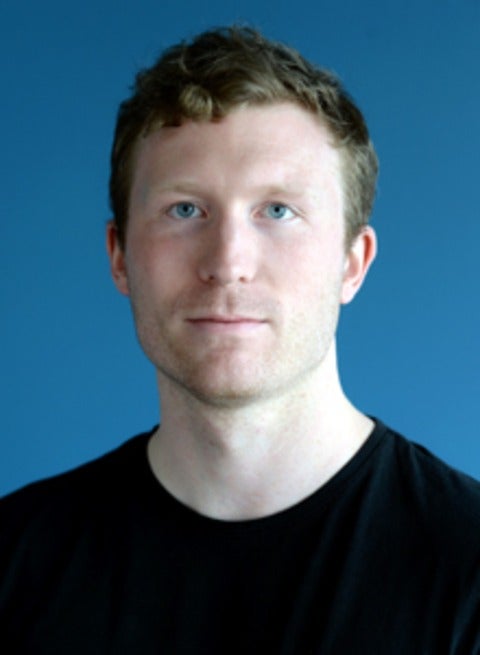News
Filter by:
WiCS receives 2018 Equity and Inclusivity Award
The Faculty Association of the University of Waterloo’s Equity Committee has awarded a 2018 Equity and Inclusivity Award to Women in Computer Science — a group of dedicated undergrad students, graduate students and faculty members that promotes women who are interested in studying computer science and who are pursuing careers in computing.
Waterloo encourages high school girls to Think About Math!
At 14, Mubina Chunari hadn’t chosen her dream job, but she knew she loved math. At the time, she couldn’t figure out how to make a living by loving math and it was holding her back. The only adults she’d met with careers in math were either university professors or her own teachers. Although teaching interested her, she wanted a career outside of academics that would fit more into her personal growth goals.
Professor Samer Al-Kiswany receives JELF funding to develop a testbed for modern cloud storage
Professor Samer Al-Kiswany, one of two researchers at the University of Waterloo among 186 recipients nationally, received $50k in funding through the Canada Foundation for Innovation’s John R. Evans Leaders Fund.
Khuzaima Daudjee elevated to grade of Senior Member by IEEE
Khuzaima Daudjee has been elevated to the grade of Senior Member by the Institute of Electrical and Electronics Engineers, an honour bestowed to IEEE members who have made significant contributions to the profession.
Optimization techniques guide surgeons at SickKids
Waterloo graduate student David Qian, under the guidance of the Faculty of Mathematics’ Ricardo Fukasawa and Jochen Koenemann, introduced optimization techniques based on integer and dynamic programming to surgeons at SickKids hospital. By applying mathematical optimization algorithms, Qian and team advised doctors on the best surgical cut points to minimize the volume-difference between the surgically modified skull, and an ideal skull.
University of Waterloo launches Artificial Intelligence Institute

Mike Schaekermann receives prestigious 2018 Google PhD Fellowship
PhD candidate Mike Schaekermann is one of 39 recipients globally and the only candidate from Canada to receive a prestigious 2018 Google PhD Fellowship. Established in 2009 and awarded annually since, Google PhD Fellowships recognize and support exceptional doctoral students as they pursue their research, as well as connect them to a Google Research Mentor.
Professor Maura Grossman recognized as thought leader by eDiscovery Daily
Professor Maura Grossman has been recognized by eDiscovery Daily as a thought leader driving the development and application of electronic discovery, computer-assisted processes used to select and prioritize legal documents for review.
Canada 150 Research Chair joins Department of Applied Mathematics
Anita Layton has been named Canada 150 Research Chair, as part of the Government of Canada’s - Canada 150 Research Chairs Program. Layton is the chairholder for her work in Mathematical Biology and Medicine.








